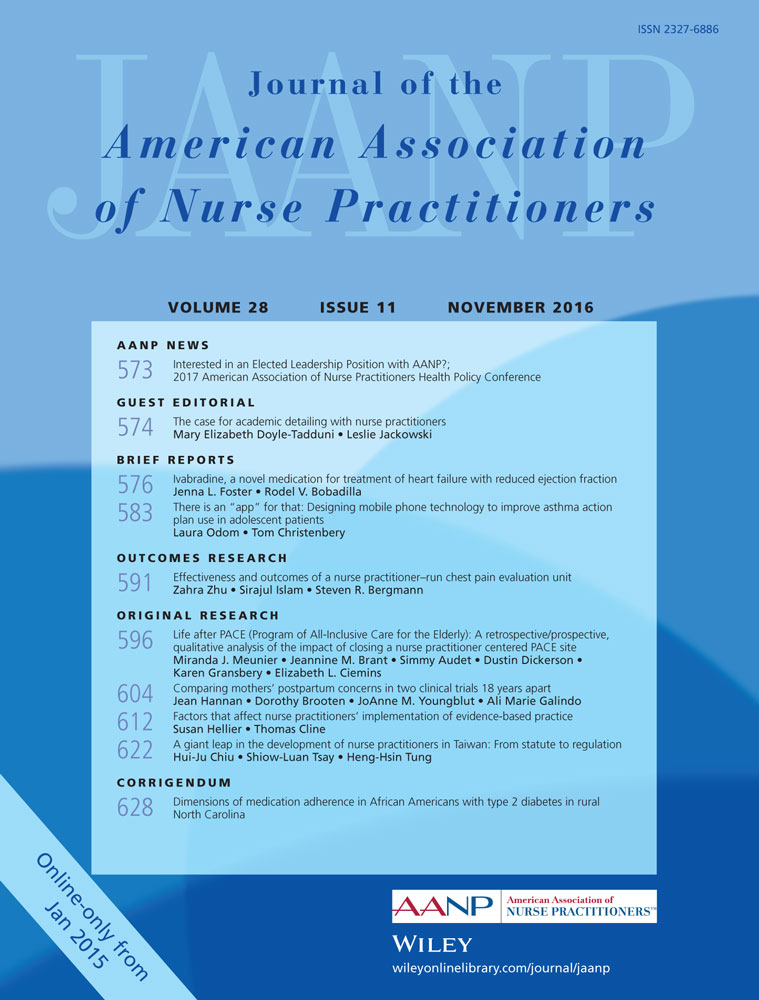Life after PACE (Program of All-Inclusive Care for the Elderly): A retrospective/prospective, qualitative analysis of the impact of closing a nurse practitioner centered PACE site
Disclosures: No relationship exists between any of the authors and any commercial entity or product mentioned in this article that might represent a conflict of interest. There was no solicitation of the authors by any commercial entity to submit the manuscript for publication.
Abstract
Background and purpose
Caring for frail older adults is a significant healthcare concern as the frailest 10% of the population account for over 70% of healthcare expenditures. Research reveals the use of comprehensive models, such as Program of All-Inclusive Care for the Elderly (PACE), leads to improved functional outcomes for participants and cost savings through decreased utilization. This study examines how closing a PACE program impacts health outcomes of previously enrolled participants.
Methods
Data were collected every 6 months for 2 years via phone surveys on 34 former participants enrolled in the program at the time of the closure. The survey included questions regarding satisfaction with care, activities of daily living (ADLs), instrumental ADLs (IADLs), emergency department (ED) visits, hospitalizations, and use of home health services. Deaths and nursing home placements were monitored. Outcomes were compared during and post-PACE.
Conclusions
Higher numbers of ED visits, hospitalizations, and nursing home placements occurred post-PACE. PACE/post-PACE differences in ADL and IADL scores were not significant, nor were death rates. Higher satisfaction existed with PACE versus non-PACE care.
Implications for practice
Comprehensive care programs such as PACE are effective in reducing healthcare utilization, thus limiting costs. Further work is required to maintain, develop, and support comprehensive models similar to PACE.




